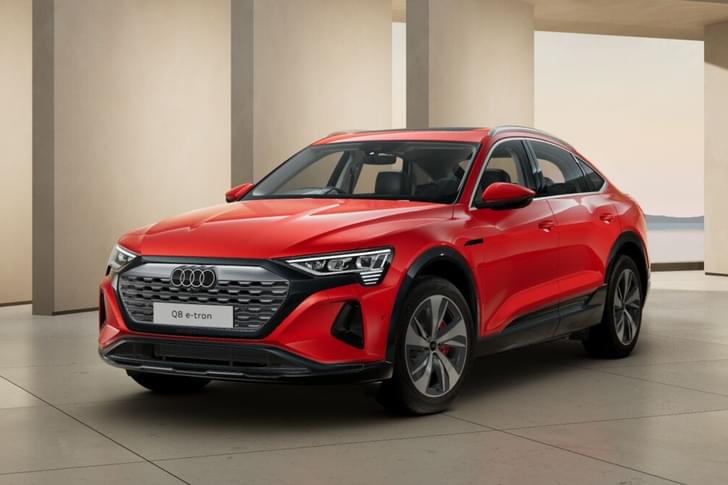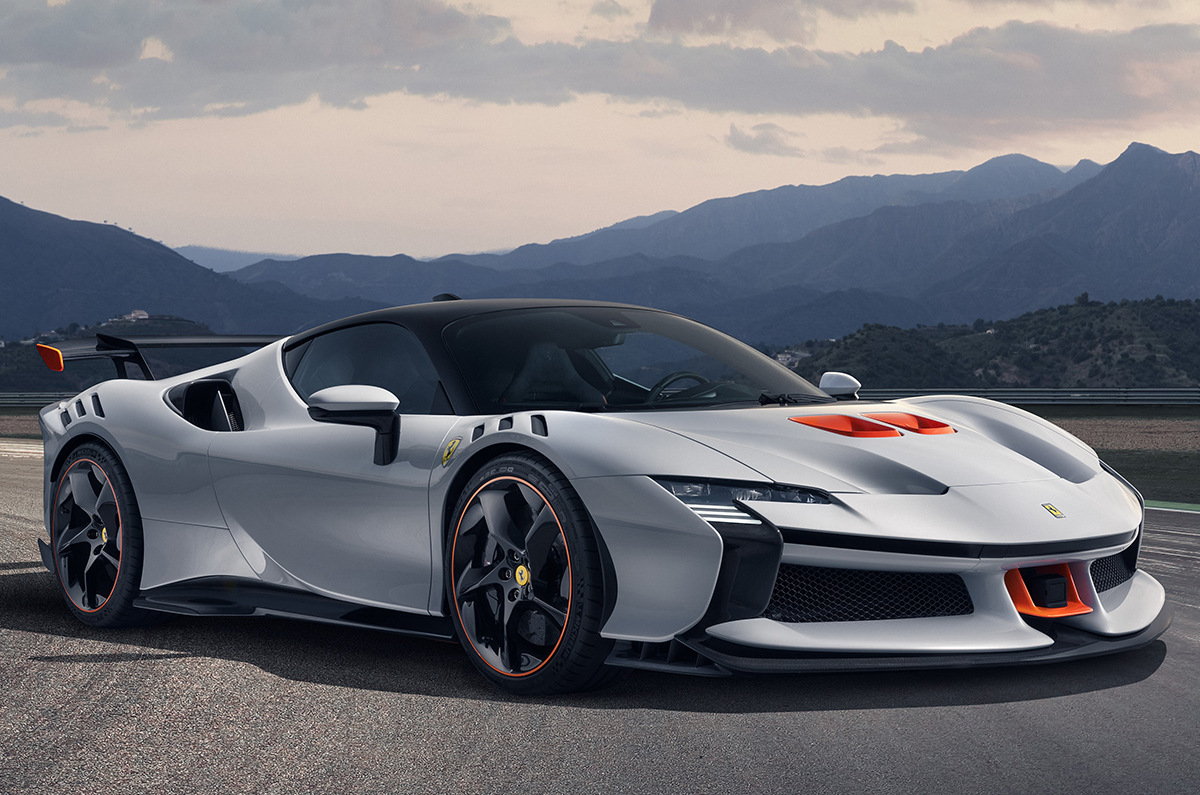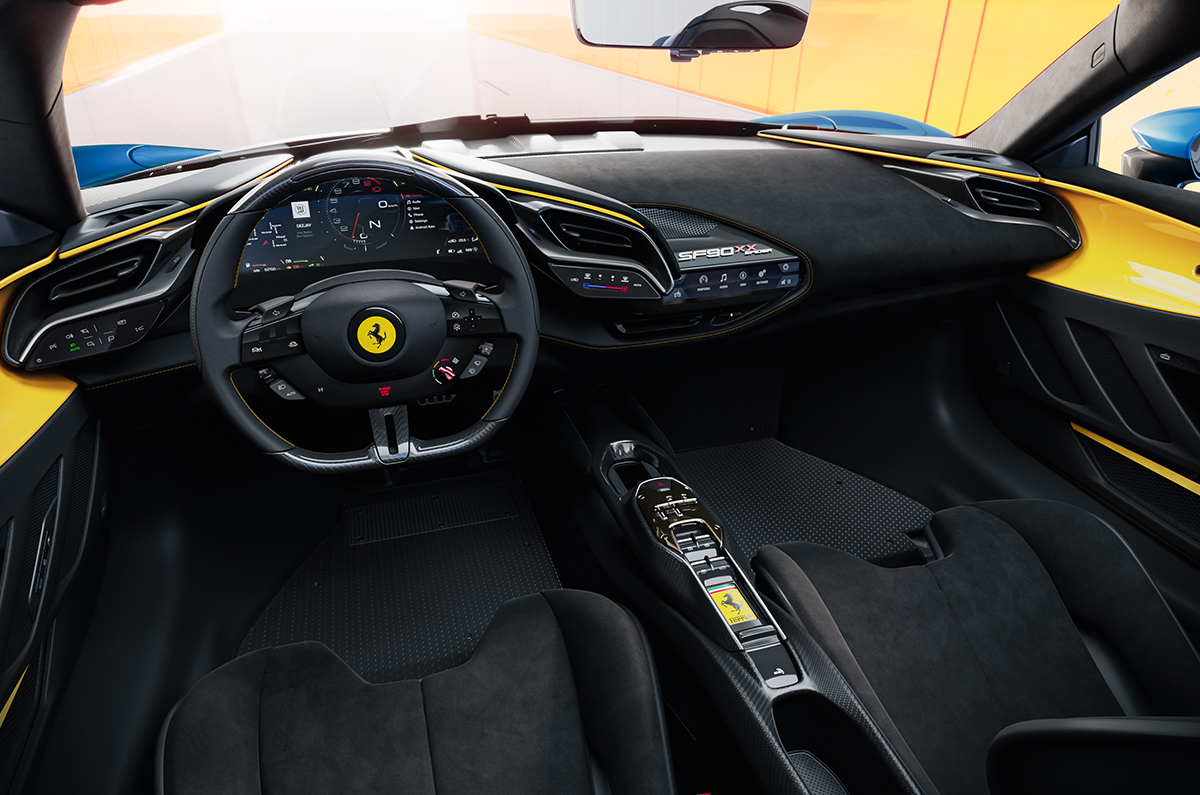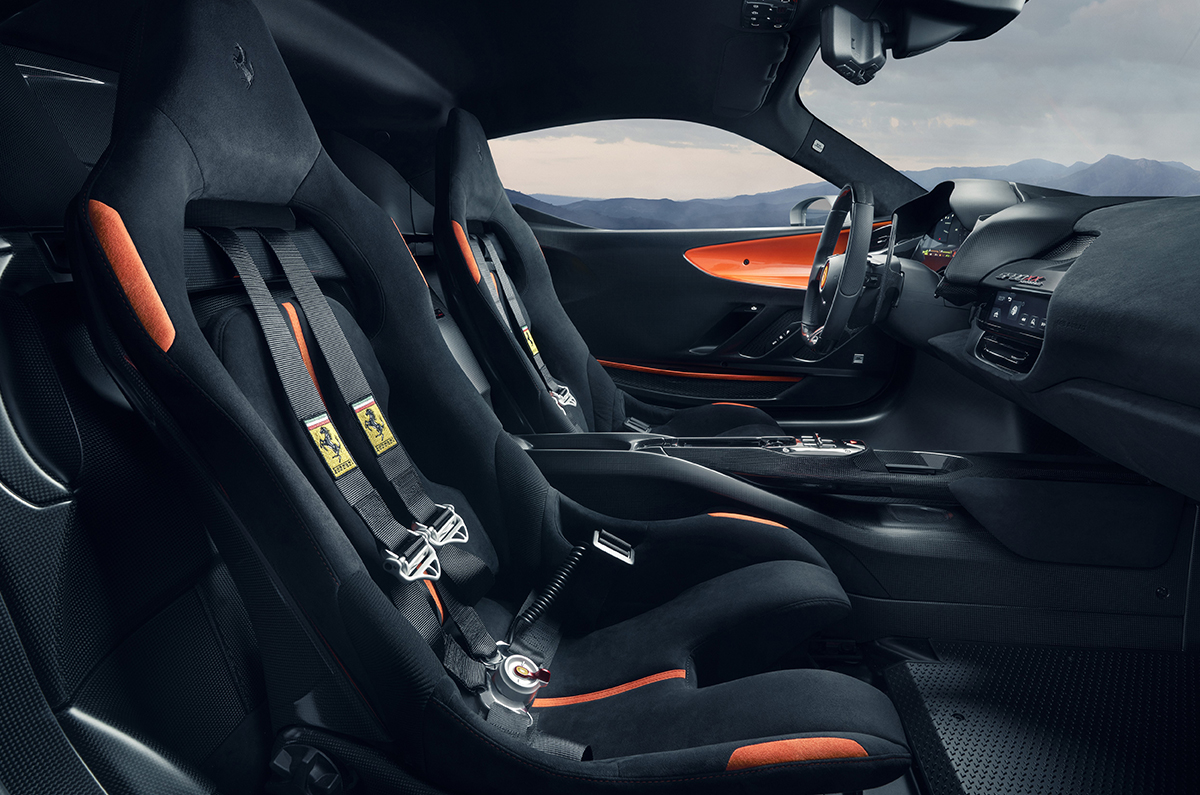Porsche has confirmed the technical details of the upcoming Macan EV, its foray into the electric SUV segment. The Macan EV will be based on Audi and Porsche’s Premium Platform Electric (PPE) architecture.
- Macan EV will get 100kWh lithium-ion battery pack
- It will be the first to use Porsche’s two-valve damper suspension set-up
Antoon Janssen, Porsche powertrain manager for the Macan line, told our sister publication Autocar UK that the German carmaker intends the Macan EV to be the sportiest SUV in its segment.
Porsche Macan EV: powertrains
The Macan EV will get a pair – one on each axle – of permanently excited electric motors, also called Permanent Magnet Synchronous Motors (PMSM), similar to the ones used on the Taycan EV. However, Porsche says the e-motors have been heavily reworked to boost power density and efficiency, featuring a double ‘V’ magnet arrangement and switching from a silicon semiconductor to silicon carbide. The latter reduces switching losses – effectively power leakage – in the motors’ pulse inverters.
These improvements yield power outputs up to 611hp and 1,000Nm of torque, delivered to all four wheels. Porsche did not mention if it will offer Taycan Turbo S’ ‘overboost’ function on the Macan EV to temporarily raise power.
Janssen said rear-wheel drive is also possible on the PPE platform, although this will initially be available to decouple the front motor when cruising to reduce rolling resistance (and conserve energy).
All variants of the Macan EV will receive a 100kWh lithium-ion battery pack, which, according to Porsche, is the optimum size for minimising journey times. Porsche hasn’t stated the range for the Macan EV as of now. The PPE platform’s 800V architecture allows maximum charging rates exceeding 270kW.
Porsche Macan EV: chassis
Model chassis manager Dominik Hartmann confirmed that the Macan EV will have a ‘performance rear axle’, with the motor mounted as far back as possible. This will give it a weight distribution of 48 percent to the front and 52 percent to the rear, to maximise traction.
Porsche has also confirmed that the Macan EV’s tyre width will be more staggered than the current Macan – the GTS variant uses 265mm tyres at the front and 295mm ones at the rear – to accommodate the rearward weight bias and improve grip.
The Macan EV will also be the first to use Porsche’s two-valve dampers, which are said to enhance ride comfort as they enable independent adjustment via Porsche Active Suspension Management (PASM) system. This will also help it improve its aerodynamic profile and reduce energy consumption by lowering the suspension at certain speeds.
To improve manoeuvrability, the steering angle has been increased by 15 percent over the petrol car, and rear-wheel steering up to 5.0deg (below 80kph) has been added. Most expensive versions of the Macan EV will also get an electronic locking differential mounted at the front axle, designed to improve its front-rear torque vectoring capabilities.
Porsche Macan EV: India launch timeline, rivals
Since Porsche offers all the models of the Macan in India, it is also expected that it will launch the Macan EV in the country, sometime soon after its global debut. When launched, the Macan EV will rival the likes of the Jaguar I-Pace and Mercedes-Benz EQC.











































